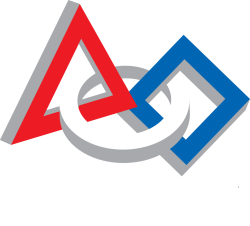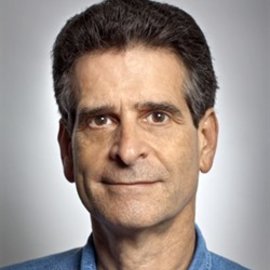About FIRST
 For Inspiration and Recognition of Science and Technology For Inspiration and Recognition of Science and Technology
F.I.R.S.T. is an acronym which means “for inspiration and recognition of science and technology”. This not-for-profit organization, which was founded by the inventor of the Segway in 1989, has been inspiring kids ever since. Their trademarked “Gracious Professionalism” and “coopertition” motivates kids to not only compete but to do so respectfully and conscientiously.
F.I.R.S.T. has grown from 28 teams in a New Hampshire high-school gym to over 1,800 teams from 12 countries by 2010. In 2023, 3,225 teams participated in the competition, Rapid React.
There are also numerous competitions for various ages ranging from elementary school to college students. Jr. F.L.L. andF.L.L. (F.I.R.S.T. Lego League) are two of these competitions which require kids in elementary and middle schools to fabricate robots from Legos™ and program smartbricks like the NXT to control their contraptions. F.T.C. (F.I.R.S.T. Tech Challenge) is for 7th grade to 12th grade for 10 or less students.F.R.C. (F.I.R.S.T. Robotics Competition) is a high school challenge where students have six weeks to brainstorm, create, program, test, and repair a robot that can compete in a game which changes annually. Learn more about FIRST programs
All of the F.I.R.S.T. teams are mentor/volunteer led giving students the opportunity to learn about real life scenarios. The mentors and volunteers have a lasting influence and effect on students.
Students involved in F.I.R.S.T. have the opportunity to receive scholarships, towards their future education, from many of F.I.R.S.T.’s sponsors such as GM, Boeing, National Instruments, and NASA. There is over $16 million available for those who qualify and apply for these scholarships.
Above all F.I.R.S.T. seeks “to transform our culture by creating a world where science and technology are celebrated and where young people dream of becoming science and technology leaders.”
To learn more go to the F.I.R.S.T. web site: www.firstinspires.org/

|
|
Dean Kamen

FIRST Founder
Dean Kamen is an entrepreneur and inventor as well as an advocate for science and technology.
Known for his invention the Segway, he holds more than 440 patents. His first inventions were in the medical area, inventing the first wearable infusion pump while still in college. Building on that idea, he also Invented an early wearable insulin pump for diabetics.
He sold his first company, AutoSyringe Inc. to Baxter International and started DEKA Research and Development to continue his work. He develops his own inventions, as well as does research for other clients.
His research has continued in the medical area, producing products for the treatment of lymphoma, an advanced prosthetic arm for DARPA, and the iBOT mobility device, a unique wheelchair-like device that lets it users climb stairs and rise up to eye level to interact with other standing people.
He remains tirelessly involved in pursuing projects to benefit others. His Slingshot water purification machine is now being produced in partnership with Coca-Cola and promises to provide pure drinking water in places all over the world where that commodity is scarce.
Dean is committed to his pet project FIRST Robotics and is known and admired by the students in that program. He’s known for his trademark denim shirt and jeans, emphasizing that it’s what you do, not how you dress that is important.
Dean Kamen Quotations:
- “The goal is to create in the culture passion among kids to do something. I think the trouble is our culture does create a passion for kids, but their passion is related to one of two industries: entertainment or sports.”
- “It’s up to you to work with them to make it interesting for them to want to pursue engineering. You need to instill the passion for tools and science, as much as they now have for nonsense.”
- “We can’t live any more in a world which is based on stuff and not ideas. If you want to live with the world of stuff, we’re all doomed.”
- “People take the longest possible paths, digress to numerous dead ends, and make all kinds of mistakes. Then historians come along and write summaries of this messy, nonlinear process and make it appear like a simple, straight line.”
|


